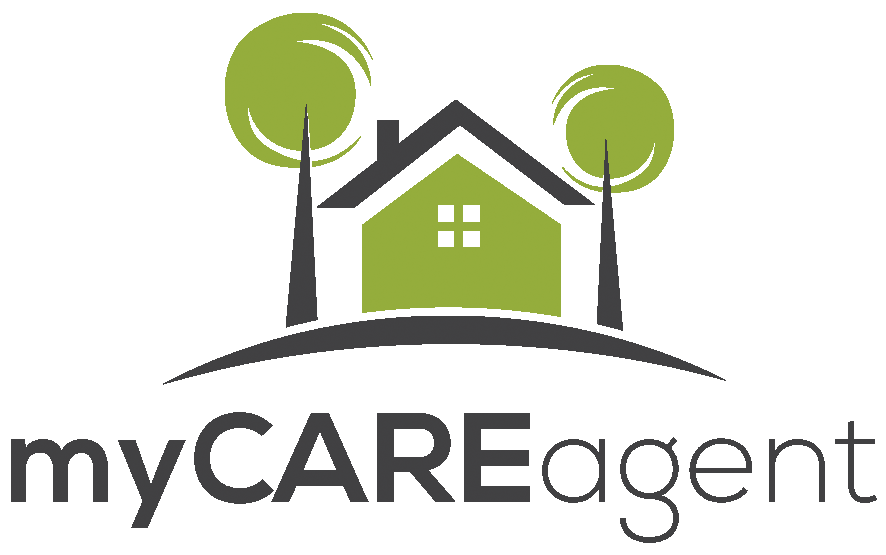
Find out how non-possessory interests, or encumbrances, can affect the value of your property.
An encumbrance is an interest in real property that is held by someone other than the owner of the property. Anything that affects the use or the title of a property is an encumbrance. Encumbrances are very common and while it is not always a problem to purchase an encumbered property, it is important to understand the type of encumbrance you are dealing with to know how it may limit the use or transferability of your property.
Encumbrances fall into two general categories: financial encumbrances and non-financial encumbrances.
Financial Encumbrances
Financial encumbrances affect the title of a property and create a legal obligation to pay, known as a lien. A lien uses real property as security for the payment of debt. A specific lien is one placed against a particular property (ex. Deed of trust/mortgage, mechanic’s lien, property tax lien, etc.). A general lien affects all property of an owner (ex. Judgment lien or federal/state income tax lien, etc.).
Liens against a property can be voluntary or involuntary.
Voluntary Liens
A voluntary lien is the most common type of property lien, created when a property owner chooses to borrow money using the property as security for the loan. Although the lender retains a security interest in the property, the borrower retains the right of possession as long as payments are made according to the loan agreement. Deeds of trust and mortgages are the most common types of security instruments used in real estate finance.
Involuntary Liens
A less desirable type of lien is an involuntary lien, used to collect money from debtors who have real property among their assets. If an owner fails to pay taxes, assessments, or other debts, a lien may be placed on his/her property without permission, creating an involuntary lien. Typical involuntary liens include judgment liens, tax liens, and mechanic’s liens.
Non-Financial Encumbrances
A non-financial encumbrance is one that affects the physical use or condition of the property. Easements, profit-a-prendre, and restrictions are the most common types of non-financial encumbrances.
Easements
An easement is a non-possessory right to use and/or enter onto the real property of another without possessing it. An easement can also be described as the interest owned by one person in the land of another person. Easements are often created for the benefit of the owner of adjoining land such as a shared driveway. Easements can be created by an express agreement, by implication of law, or by virtue of long use. In some cases, an easement is only allowed for a specific period of time. In other cases, an easement is involuntary and will transfer with the property.
Not all easements will affect the sale or transferability of a property, but generally speaking, any diminished control in a property will lead to a reduction in the property’s value.
Profit-a-Prendre
The right to enter another’s land to remove soil or substances of the soil is known as profit-a-prendre. Substances of the soil can include water, minerals, timber, fruit, game, or other resources. A profit-a-prendre is different from an easement because an easement only gives permission to use the land, whereas a profit-a-prendre gives the right to remove the soil or products of the soil. A profit-a-prendre can last indefinitely and can attach to the property even after is has been sold; the new owner will still have to abide by the terms of the profit-a-prendre. The profit holder can sell, lease, give away, or bequeath the profit-a-prendre to someone else.
Restrictions
Restrictions may be placed on a property by a private owner, a developer, or the government to assure that land use is consistent and uniform within a particular area. Public restrictions are used primarily to promote the general public welfare, whereas private restrictions placed by a present or past owner only affect a specific property or development.
Common types of private restrictions are the covenants, conditions, and restrictions (CC&Rs) that generally accompany a property held within a homeowner’s association (HOA). Restrictions might include acceptable colors to paint the exterior of your property or rules about landscaping or the location of parked vehicles.
Is My Property Encumbered?
The escrow process will help you identify any encumbrances on a particular property. When you are buying a home and have entered into escrow, your target property will undergo a title search where your title agent will investigate the history of the property in part to identify any encumbrances – financial and/or non-financial.




